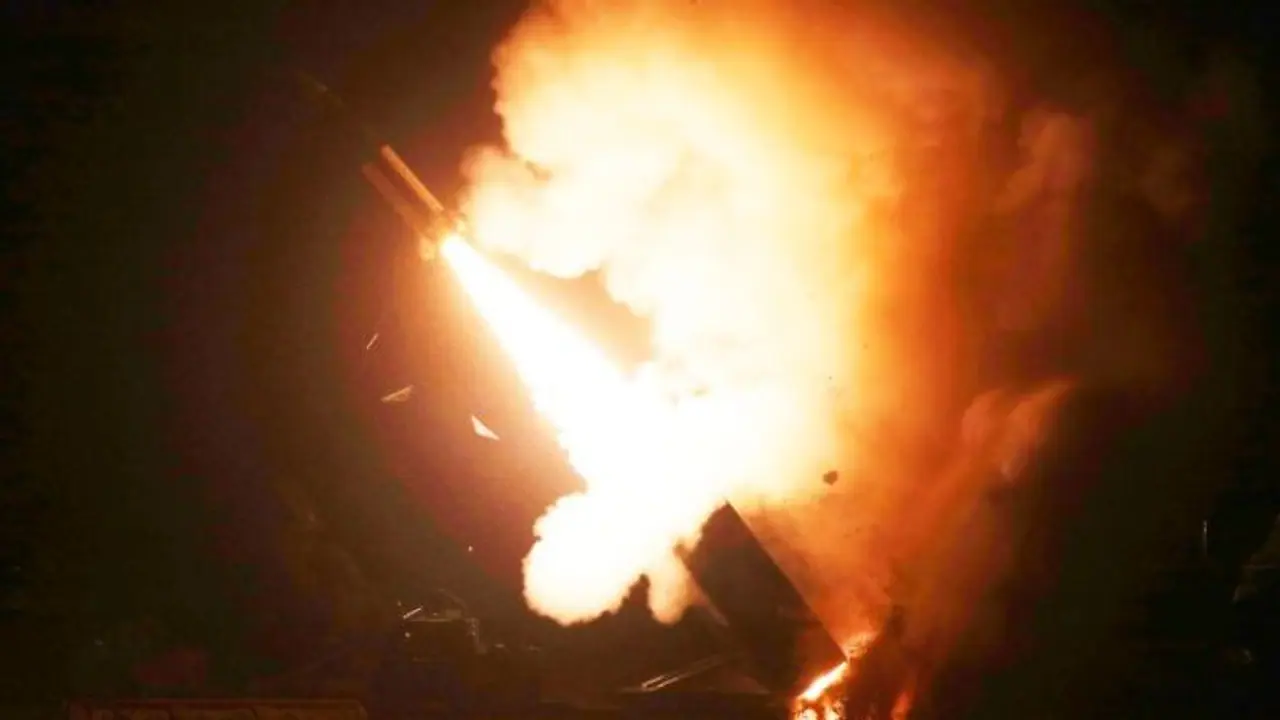The South Korean missile failed soon after its launch but did not cause any casualties. The missile firing drills were a response to North Korea's fifth missile launch in 10 days.
South Korea and the United States on Tuesday decided to launch missiles into the sea of Japan in response to North Korea carrying out an intermediate-range missile test over northern Japan a day earlier. While the attempt was to send a strong signal to Pyongyang and its ruler Kim Jong-un, the effort ended in embarrassment as one of the missiles it launched during the drill malfunctioned and crashed to the ground.

Also Read: CIA is investing in a project to bring the woolly mammoth back from extinction
The missile crash near the South Korean coastal city of Gangneung sparked a false alarm among South Koreans who thought the North had attacked.
The South Korean military eventually acknowledged the accident as Internet users posted and shared videos showing a massive fire around the Gangneung air force base. It further said that an investigation had been launched to ascertain what had caused the 'abnormal flight'.
The United States drills saw two Army Tactical Missile System (ATACMS) short-range ballistic missiles fired into the Sea of Japan. The South Koreans fired two ATACMS and one Hyunmoo ballistic missile, which failed. According to officials, the drills aimed to show their readiness and capability to neutralise threats at the point of origin.
The South Korean missile failed soon after its launch but did not cause any casualties. The South Korean and US fighter aircraft had executed a bombing drill in the Yellow Sea earlier in the day.
The drills were a response to North Korea's fifth missile launch in 10 days. Pyongyang's missile tests are seen as warnings for South Korea, Japan and the United States, all three of which have been working together to counter Kim Jong-un. On Monday, the North launched an intermediate-range ballistic missile covering a range of 4,600 km, effectively putting the US military bases in Guam in striking distance.
Also Read: UAE new visa rules 2022: How new rules could benefit jobseekers and tourists
